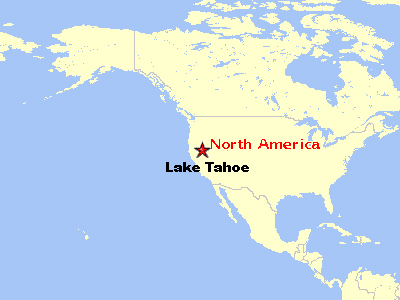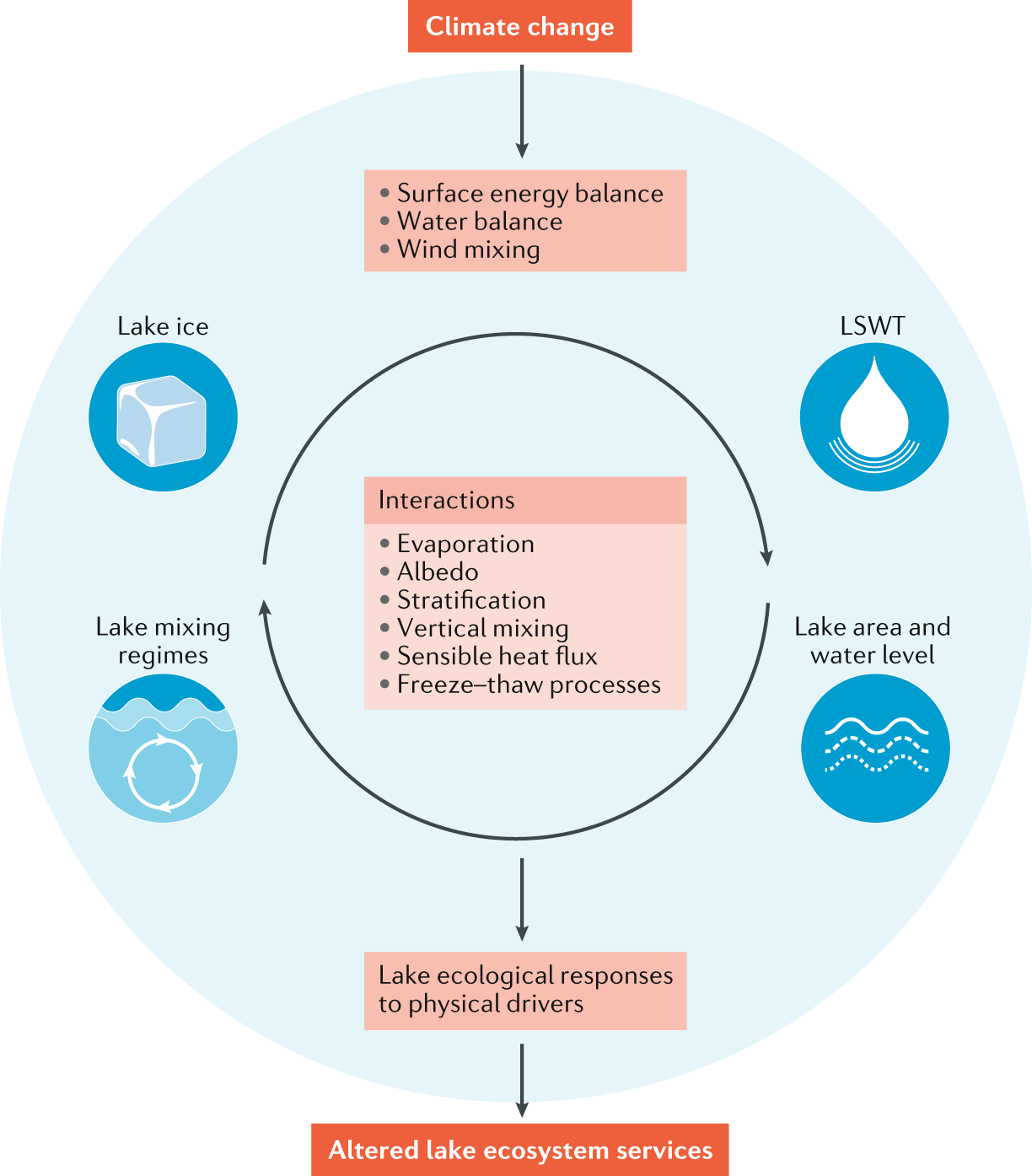Lake Tahoe: US | 26 Oct 2021
Why in News
Drought fueled by climate change has dropped Lake Tahoe in the US below its natural rim and halted flows into the Truckee River.
- It is an historically cyclical event that's occurring sooner and more often than it used to.
Key Points
- About:
- Lake Tahoe is the largest alpine lake in North America, and the second deepest lake in the US, with Crater Lake in Oregon being the deepest in the US.
- Alpine lakes are lakes or reservoirs at high altitudes, usually over above sea level or above the tree line.
- Lake Tahoe is the largest alpine lake in North America, and the second deepest lake in the US, with Crater Lake in Oregon being the deepest in the US.
Note: Great Lakes, chain of deep freshwater lakes in east-central North America comprising Lakes Superior, Michigan, Huron, Erie, and Ontario. Except for Lake Michigan, the lakes provide a natural border between Canada and the United States.
- Impact of Climate Change on Lakes:
- Less Ice Cover: Lakes are experiencing less ice cover, with more than 1,00,000 lakes at risk of having ice-free winters if air temperatures increase by 4 °C.
- Increasing LSWT: Lake Surface Water Temperatures have increased worldwide, which is similar to or in excess of air temperature trends.
- Increase in Evaporation rate: Global annual mean lake evaporation rates are forecast to increase 16% by 2100, with regional variations dependent on factors such as ice cover, stratification, wind speed and solar radiation.
- Lake stratification is the tendency of lakes to form separate and distinct thermal layers during warm weather.
- Affecting Lake Water Storage: Global lake water storage is sensitive to climate change, but with substantial regional variability, and the magnitude of future changes in lake water storage remains uncertain.


